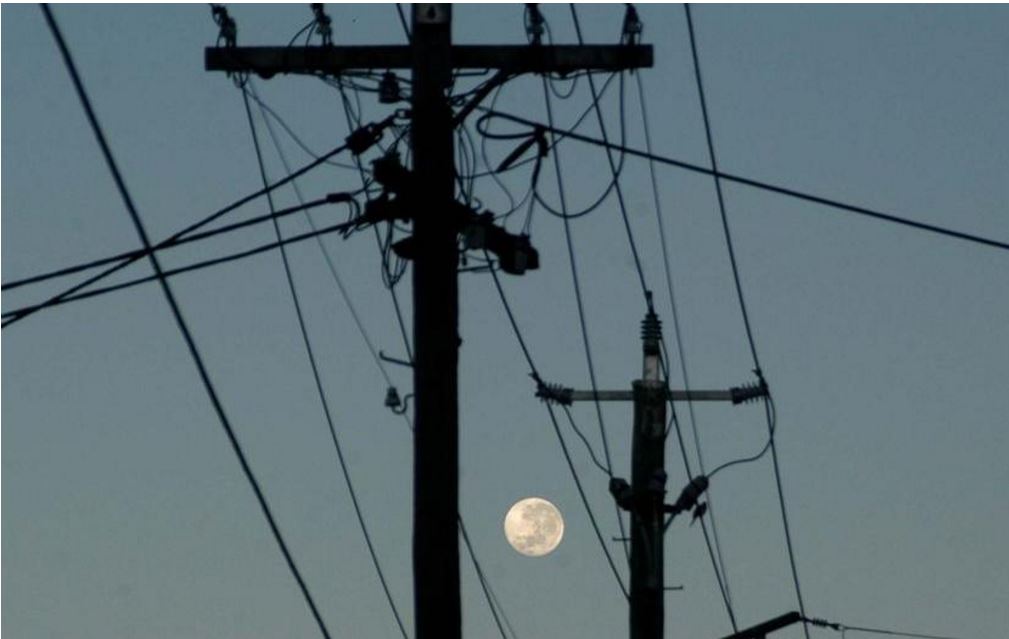
From the ARRL, original post here. 21/9/2016
Recalling the earlier efforts of the FCC and telecommunications and utility interests to roll out “Broadband over Powerline” (BPL), the Amateur Radio community has been buzzing with questions about AT&T’s just-announced “AirGig” BPL plan to make broadband available via apparently similar technology. ARRL’s earlier anti-BPL campaign, and market forces, eventually led to the demise of the prior BPL initiative. ARRL Laboratory Manager Ed Hare, W1RFI, who spearheaded the earlier effort to quantify BPL’s threat to Amateur Radio’s HF spectrum and remains the resident expert on the subject, said this newest BPL incarnation should not pose an interference issue for radio amateurs.
“This technology uses millimeter-wave RF signals (30 GHz to 300 GHz) coupled onto the surface of power lines to transmit the signal along the line with relatively low losses,” Hare explained. “After looking at this technology, it looks nothing like the type of HF and VHF BPL that caused us so many problems years ago. The sky is not falling.”
Hare added that it is not likely that the AT&T technology will even use Amateur Radio bands, so there is little reason for concern even among those amateurs who use spectrum above 24 GHz.
According to AT&T’s September 20 announcement, the company is “deep in the experimentation phase” of the developing technology, which it says would be “easier to deploy than fiber, can run over license-free spectrum, and can deliver ultra-fast wireless connectivity to any home or handheld wireless device.” AT&T said its initial — and continuing — testing at AT&T outdoor facilities “has been positive,” and initial field trials are set to begin in 2017.
Hare said the technique of putting RF signals onto the surface of conductors is not new. An article by Glenn Elmore, N6GN, and John Watrous, K6PZB, appeared in the May/June issue of QEX, describing the technique. In January 1953, theProceedings of the IRE featured an article by C. E. Sharp and G. Goubau, “A UHF Surface-Wave Transmission Line,” and the Radio Amateurs VHF Manual 11th edition introduced the technique to amateurs in 1968.
Hare said the League will keep an eye and ear out for interference problems, but he believes that the frequencies involved and the fact that these signals should not propagate far from the lines will pose little risk the Amateur Radio Service.
“So far, industry has not found a way to reliably put broadband signals on wires intended to carry power frequencies,” he said. “The technical difficulties of trying to use wiring not designed to carry RF signals [and] connected to all sorts of noisy loads, other conductors and even splices that are major discontinuities at these frequencies will probably prove to be quite the technical challenge. ARRL is interested in seeing all technology succeed, but its vested interest is in the interference potential of new technologies. Fortunately, in this case, there is little likelihood of interference.”
